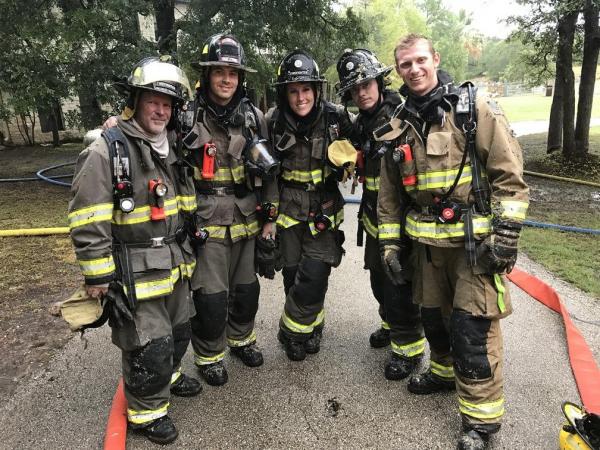Dripping Life April 9

I can document the onset of my numeric challenge to third grade.
The year before I was “victim” to an educational experiment in which five second graders were placed in a classroom of 15 third-graders. The theory was for the five, high-performing second graders to quickly learn the second-grade curriculum and absorb the third-grade lessons by osmosis and by the seven-year-olds’ native curiosity.
The decision for the 2/3rd graders to promote to fourth grade was dropped, and we all ended up in third grade again the next year…so while I learned multiplication and division, I was weak on number combinations and was required to stay after school to learn what I hadn’t in second grade.
That humiliation doused any remaining interest I had in math but fired my ability to enroll in the minimum required math in middle school and high school. In college, I selected a majors and minors -- education and then creative writing, American Studies and journalism -- requiring as few math courses as possible and somehow, I made it through statistics in grad school. Today, ironically, numbers have slowly-but-surely crowded their way back into my life, and not in a good way.
This past week has been a good example. As of April 5, according the CDC’s website, cdc.gov, there are 304,826 total COVID-19 cases in the U.S., with a total death tally of 7,616.
As I think about it, every single death impacts on average, at least 6 people in the victim’s family, but a 2019 study from the University of Kentucky found that up to 135 may be touched by every death.
As my prayer list grows, my compassion is keeping up, barely, but I do think we should consider how many among us are mourning the loss of a co-worker, friend, neighbor, family member, friend and on and on.
Let’s move on. An April 2 Wall Street Journal headline blared, “Record 6.6 Million Americans Sought Unemployment Benefits Last Week.” The article by Sarah Chaney and Eric Morath told how the coronavirus-related layoffs triggered record-setting surge in jobless-insurance claims. It’s obvious that this health crisis is quickly becoming an economic crisis as well. Think how many small businesses, like salons, restaurants, bars, Mom-and-Pop groceries, physicians’ offices are affected.
At the same time we are quickly discovering who the real essential workers are in our society. Not just our health professionals and first-responders, but the people who stock the shelves at H-E-B, the truckers who get the foodstuffs to the stores, and of course the people who grow our food.
I’ve garnered these numbers from various sources, so please bear with me as I jump from topic to topic a bit.
To supply food for our tables, more than 3 million farm workers come to the U.S. every year to plant and then harvest crops for our farmers. Seventy-two percent are foreign born and 68 percent come from Mexico. About 78 percent of all farmworkers are male; 22 percent are female. One estimate I read tallies the number of farms in the U.S. at two-million. That’s a lot of agriculture.
Farmworkers in the United States have an average age of 36. Seventy-six percent (76%) are over 25 years old, 13 percent are between 18 and 21, 9 percent are between 22 and 24, and 3 percent are between 14 and 17.
In the time of pandemic, as we’re in now, there are approximately 950,000 practicing physicians in the U.S. and 3.8 million registered nurses, with 84.5 percent practicing in the U.S. Add to these, the numbers of first responders in our communities. Many of these men and women are putting themselves in harm’s way every shift they serve. Adding up first responders across the U.S. is difficult because it’s usually done by category, but for the sake of argument let’s say 1.3 million.
Finally -- and these are the numbers most people don’t want to know about. However, there are 19,136 funeral homes in the U.S. as of 2019, according to the National Funeral Directors Association. According to 2012 (the most recent numbers available, there were 32,617 cemetery/crematory workers and 108,385 licensed funeral directors/embalmers.
These men and women are equally placed in harm’s way whenever there’s a disaster, such as a plane crash, a Katrina, an Oklahoma City or a 9/11…or a pandemic, anytime there are multiple fatalities.
And of course there’s the men and women in our military, estimated at somewhere between 1.3 and 1.5 million, with an average age of about 28 years of age-- all of these numbers represent human beings who go to work for you and me every day. People who you will never meet, or know their names.
However, because of these First Responders, these heroes -- in our fields, grocery stores, military installations, hospitals, funeral homes and cemeteries -- we are working together, doing our part, to make it through this “New Normal.”


